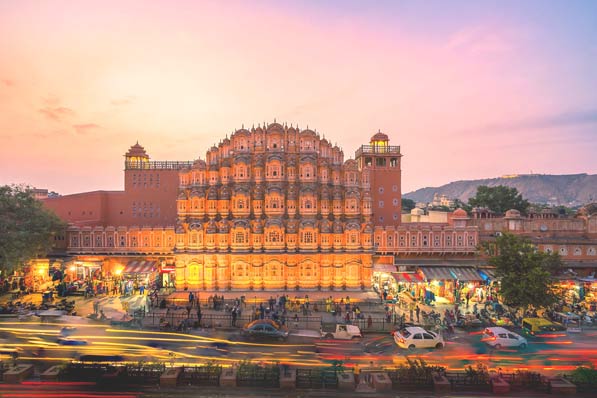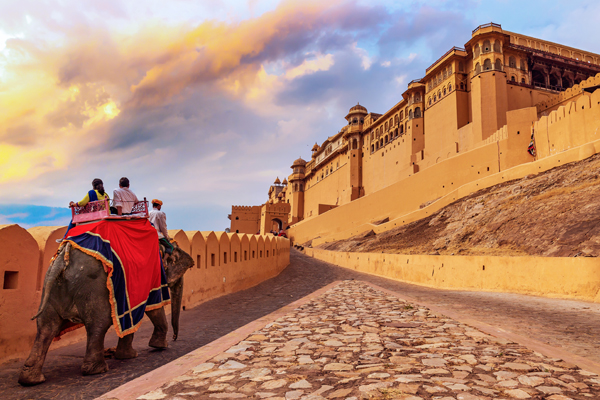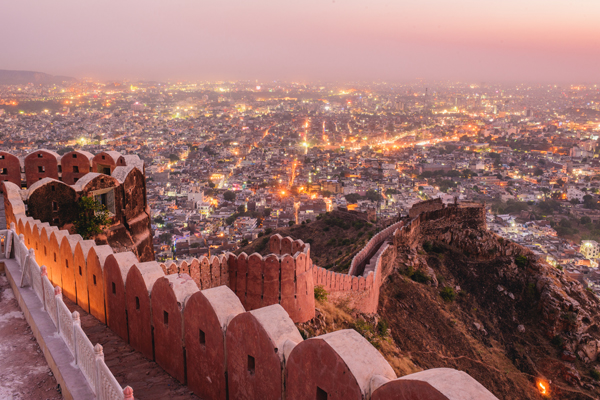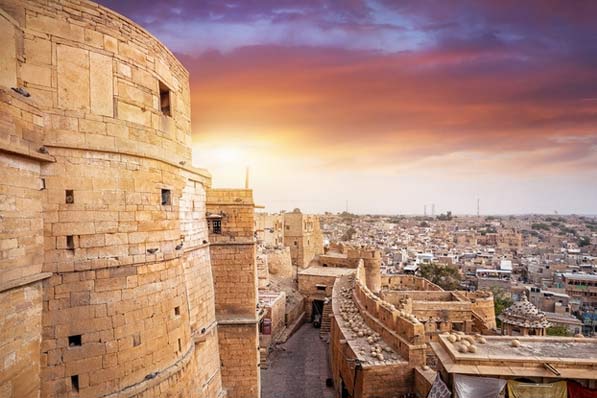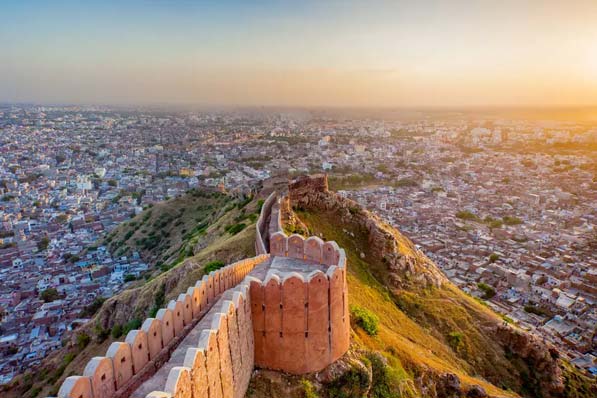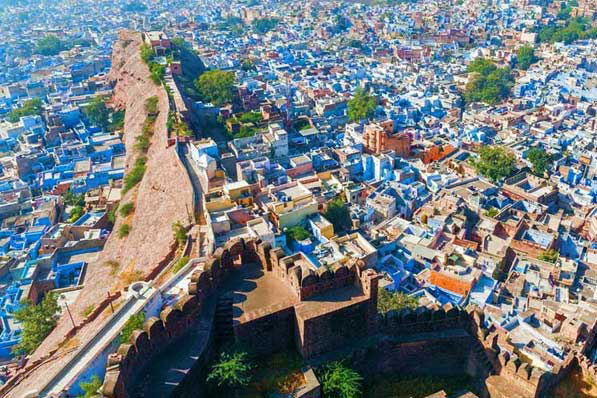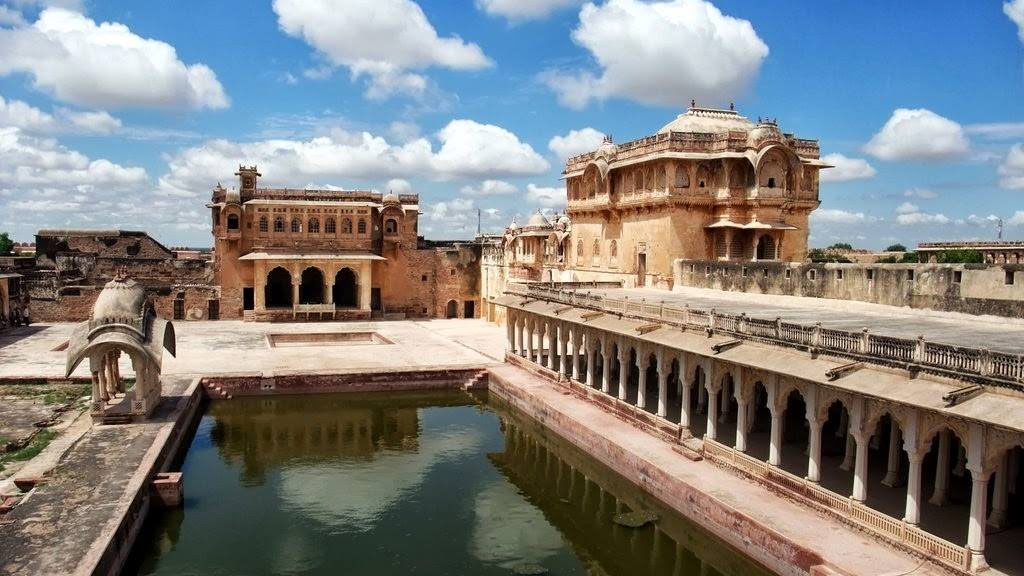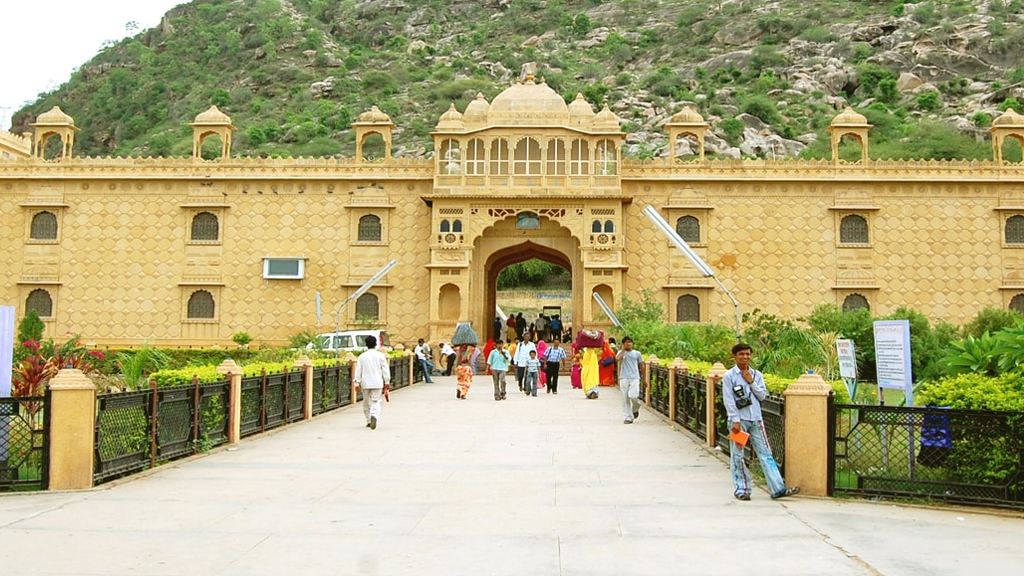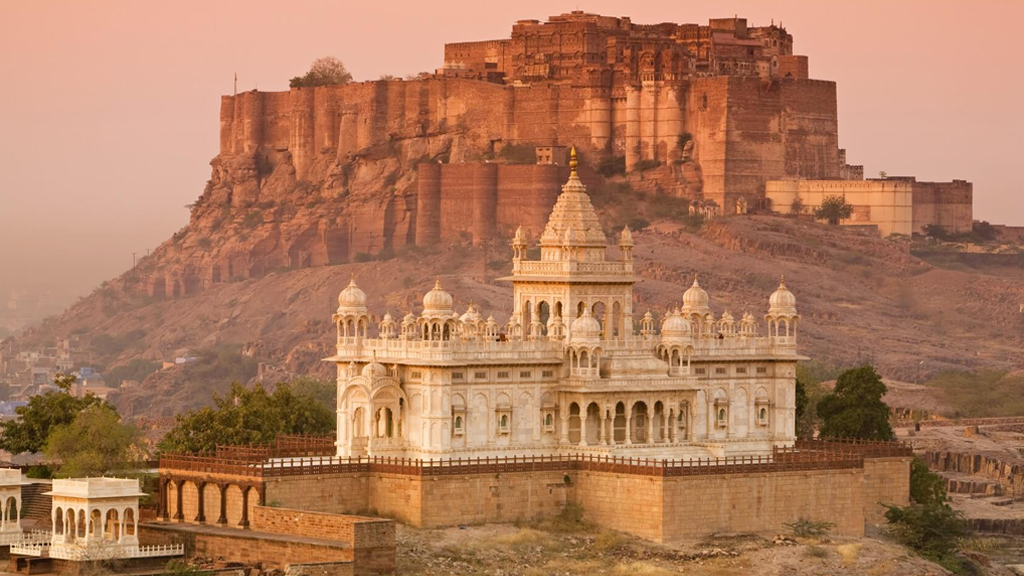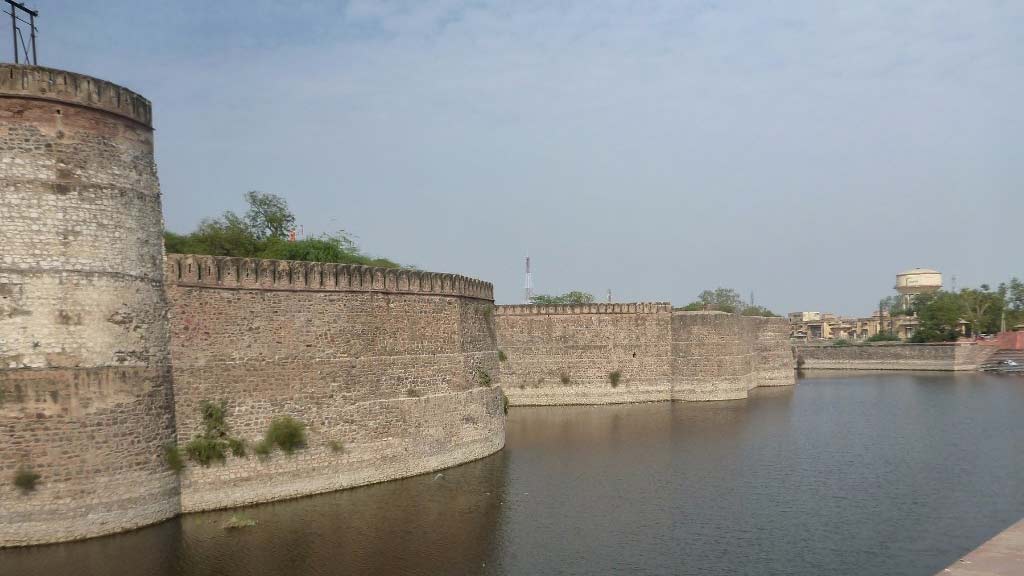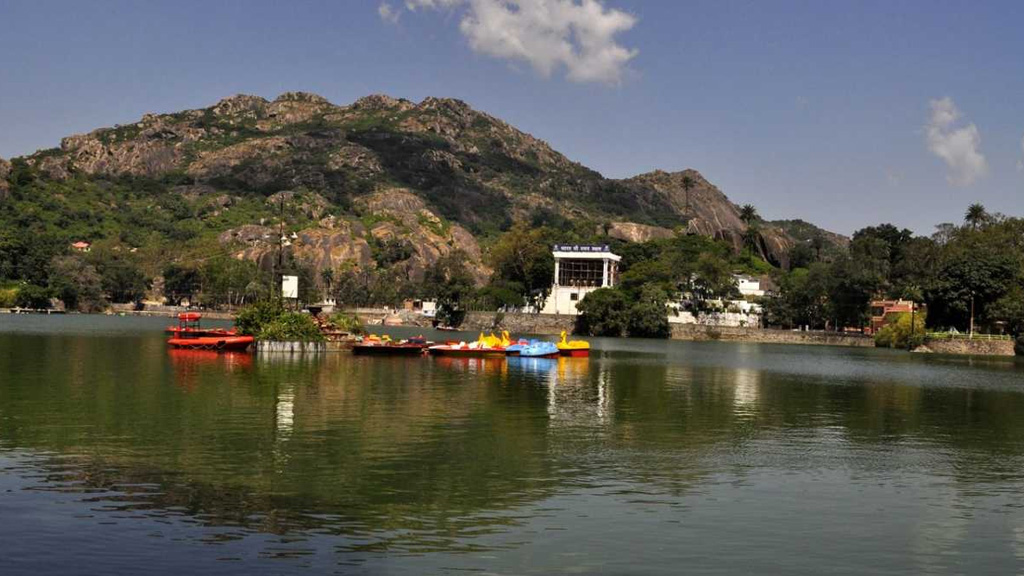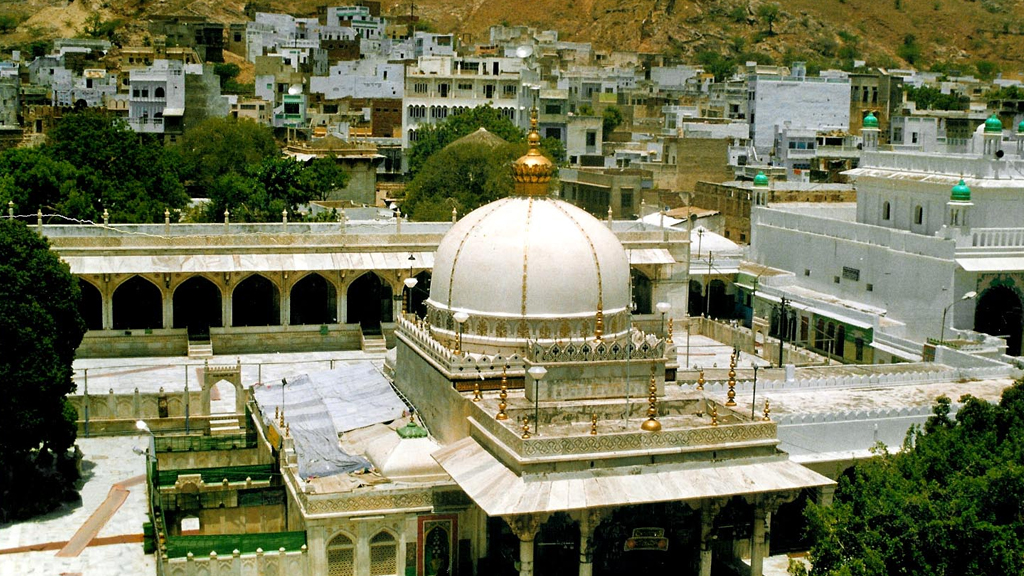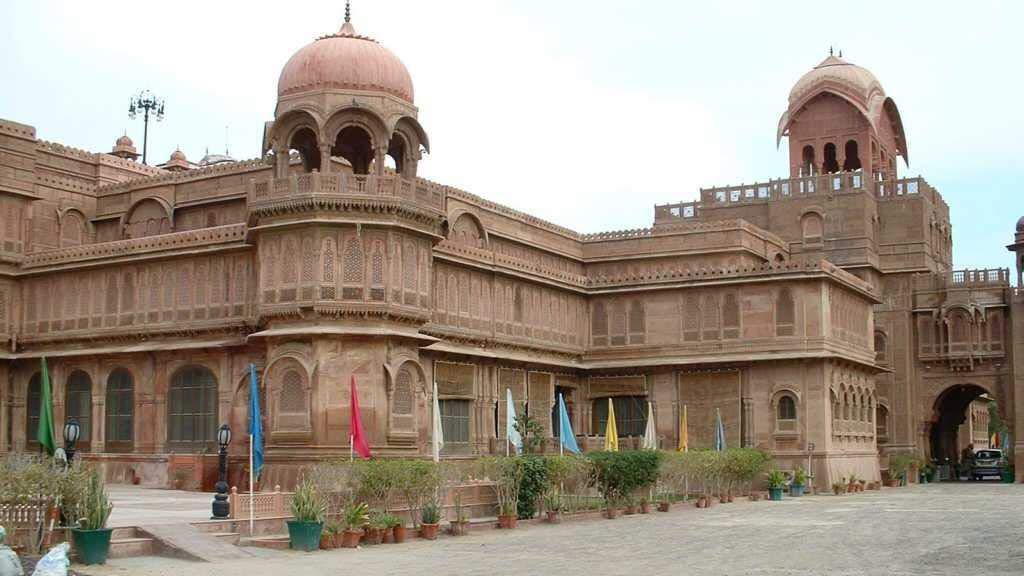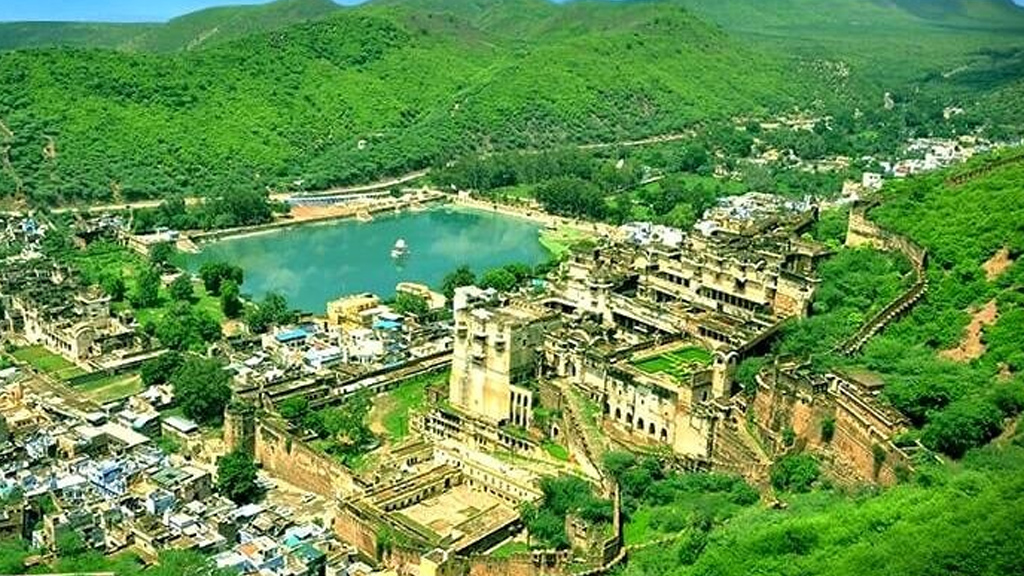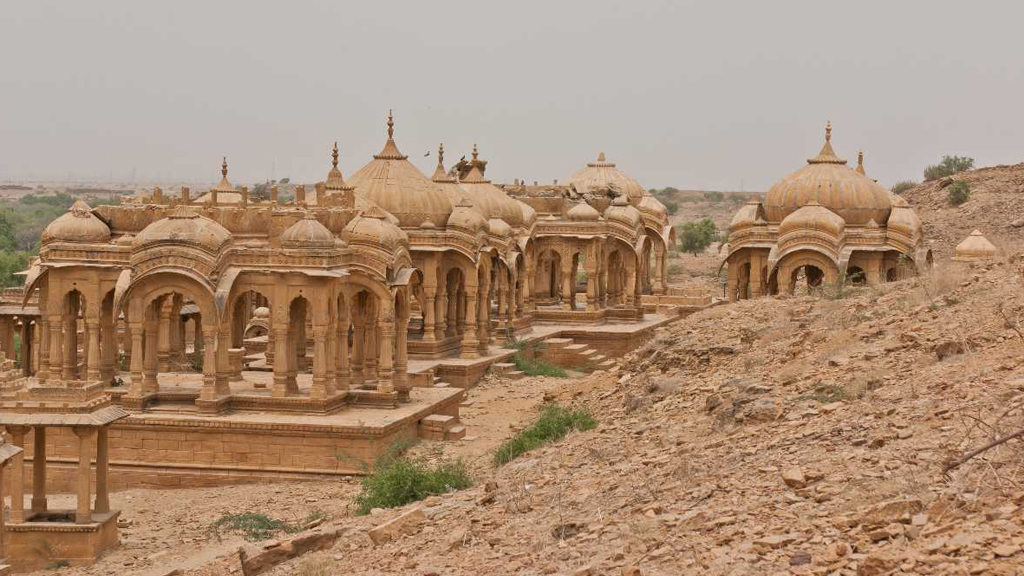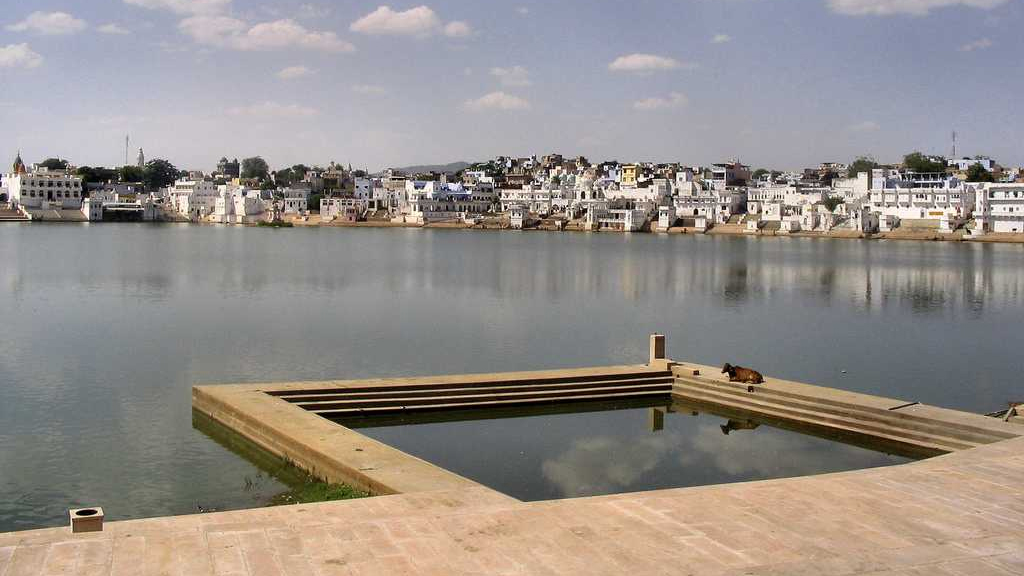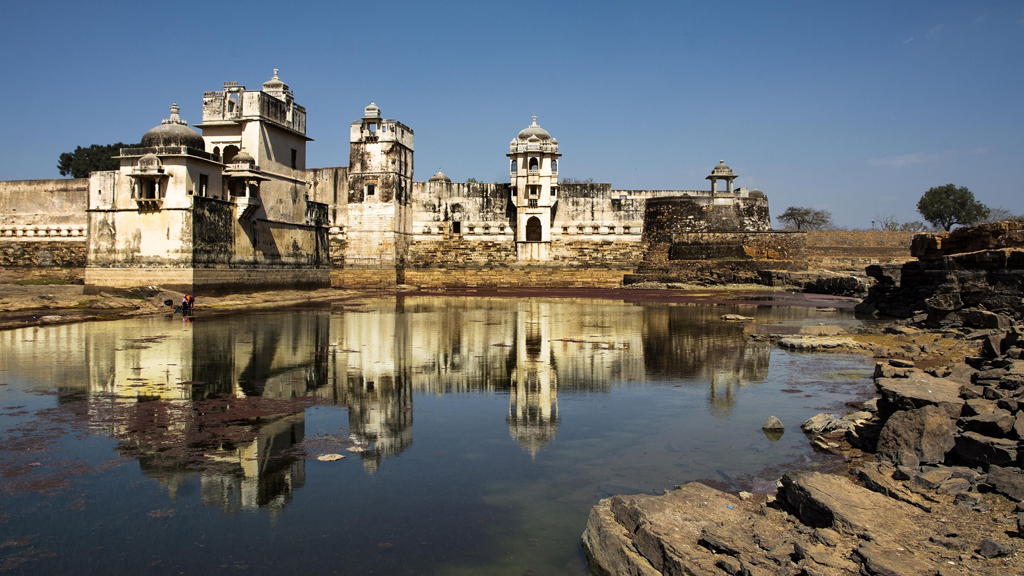Best Time to Visit Mount Abu
Mt Abu holds the distinction of being the only hill station in Rajasthan. This makes it the ideal destination for travellers with a love for bucolic settings. Anyone who has visited this idyllic location will tell you the best time to visit Mt Abu is throughout the year. Perched on a plateau at 1220m, Mt Abu is a summer retreat for local and foreign tourists. After staring out at the beige desert countryside, the winding road to Mt Abu is a treat for sore eyes. Alpine slopes rich in wildlife and wooded hills make for a memorable holiday destination.
The cool climate of Mt Abu is what attracts travellers here and the sprawling beauty of the wildlife sanctuary offers some great hiking trails resplendent with beautiful plant life. This sanctuary covers close to 300 sq.km. of untouched jungle land. More than a 100 species of plants can be found here and the Mt Abu Wildlife Sanctuary is home to leopards, bears, foxes, sambars, and a variety of migratory birds. Mt Abu is home to a couple of panoramic vantage points that make for perfect trekking trails, and your days can be spent in the midst of Mother Nature’s gift to Rajasthan.
1Winter in Mt Abu (October to March)
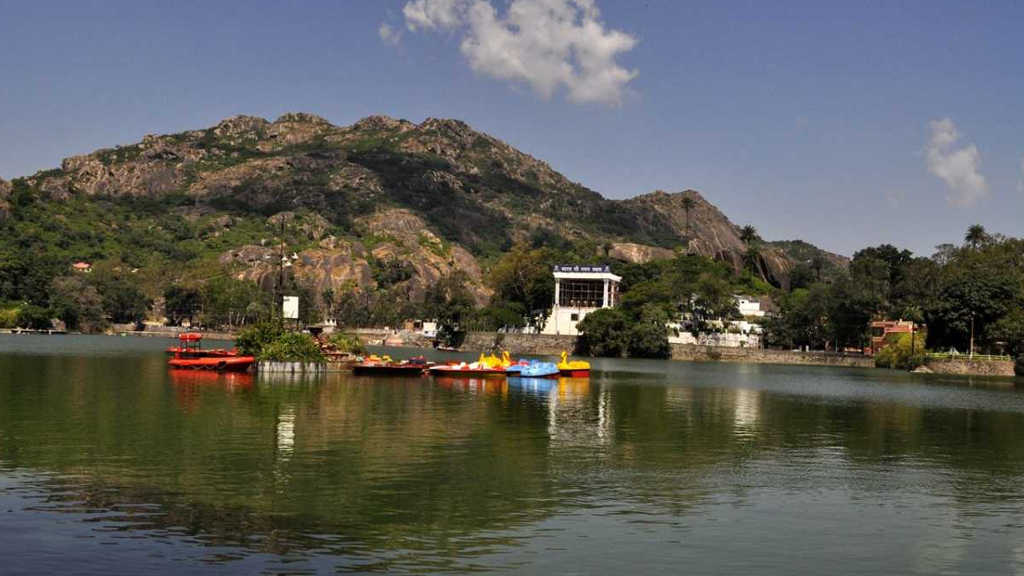
October is when travellers start trickling into Mt Abu. Bouts of rain showers should be expected but the temperature averages out around 30°C and the air is relatively cool. This makes for perfect weather to enjoy the many vantage points and take short nature strolls in and around Mt Abu. A boat ride on Nakki Lake in October is perfect as the tranquil waters are surrounded by lush green vegetation and soft hills.
November in Mt Abu is quite crowded because the festival of Diwali sees a number of tourists land up here. Since Mt Abu shares a border with Gujarat, a number of families land up here to spend the long holiday. This means accommodation rates are usually quite high and the town square is quite crowded. The lower average temperature is a pleasant 19°C, making it ideal for a comfortable weekend getaway.
The best part of a winter trip to Mt Abu is that all outdoor activities are open to the public. In December, you can sign up for a long hike through Mt Abu Wildlife Sanctuary. Rock climbing is another popular activity for adrenalin junkies. December sees the highest tourist footfall in Rajasthan, and Mt Abu is no different. Who can say no to an average low temperature clocking in at a cool 15°C. The last days of December are set apart for the annual Winter Festival that includes a carnival atmosphere, traditional dance performances and rowing competitions.
Imagine spending a clement afternoon atop Toad Rock and looking out at the sun setting over beautiful Mt Abu town. A January visit will see the temperature fluctuate between 13-27°C. The perfect weather for hikes, outdoor picnics and just about anything under the winter sun. January is easily the best time to visit Mt Abu because the place is less crowded and you can have a great time minus the touristy crowds.
The chances of getting a real feel of the town are higher if you’re planning a February trip to Mt Abu. You won’t mind the days getting warmer because of the hill station’s elevation and you can still enjoy a jungle trek surrounded by a host of animals and birds.
While the tourist season is winding down throughout Rajasthan in March, Mt Abu is preparing for a fresh batch of summer tourists. A trip in March makes sense because you will bypass the summer crowds and enjoy the natural beauty of the hill station.
Unlike other hill stations around India, Mt Abu doesn’t experience frigid winter days and nights. The cold is absolutely bearable, and more importantly, enjoyable.
2Summer in Mt Abu (April to June)
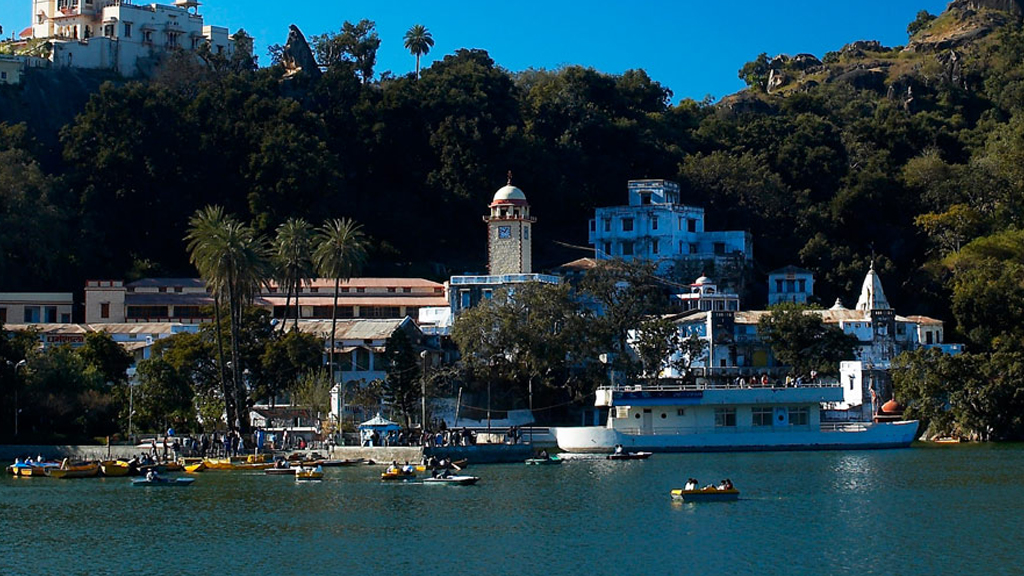
Back in the day, Mt Abu was the summer capital for the Rajputana rulers. While the rest of Rajasthan has to tolerate the unrelenting heat, the weather in Mt Abu is balmy, at best. Spending an April in Mt Abu is the closest you’ll come to experiencing spring in the desert state. The average (low) temperature is 21-23°C. The Gangaur Festival, dedicated to the goddess Parvati, takes place around this time and the Garasia tribe of Mt Abu celebrate for an entire month! An image of Gauri (Parvati) is the centre of a procession that goes from village to village and includes traditional song and dance performances.
May is easily the most scorching month of the year in the desert state with temperatures reaching close to 50°C in the plains. At Mt Abu, the average low temperature is in the mid-20s and this is the perfect time to visit Rajasthan. Mt Abu has the distinction of being the only place in Rajasthan where one can enjoy a few outdoor activities during summer days. The Summer Festival takes place around then and includes boat races on Nakki Lake, fireworks, and folk performances.
The month of June that precedes the monsoon is great for those who want to spend a few days away from the hustle and bustle of city life. You can spend the cool evenings boating on Nakki Lake and since the summer crowd has nearly left, peace and quiet can be your best friends here in June. The average low temperature is a bearable 27°C.
3Monsoon in Mt Abu (July to September)
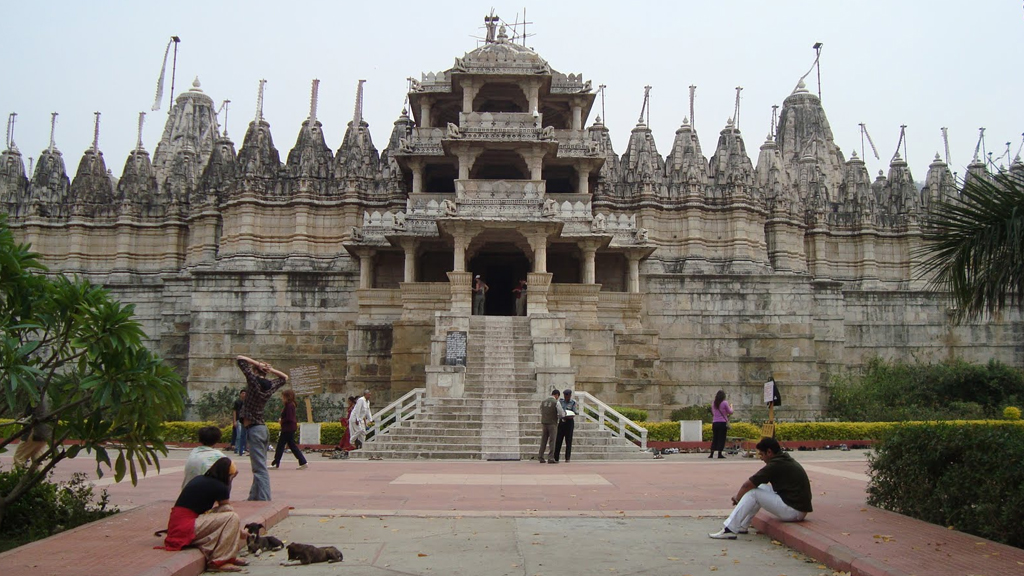
While downpours are common in other parts of Rajasthan, the rainfall in Mt Abu is frequent but not heavy. This makes the monsoon months the right time to spend in Mt Abu with that special someone. Honeymooners land up around this time because you can spend the days staring out at rains and Mt Abu is extremely romantic between July and September.
While the temperature is similar to the summer months, the frequent rainfall brings additional relief. Make note that most outdoor activities are suspended during this time because the surrounding sanctuary and green spots are mushy and slippery.
The only hill station in Rajasthan beckons travellers all through the year thanks to its temperate climate. The best time to visit Mt Abu is during the winters and summers, but don’t shy away from the monsoon months if you’re looking for a romantic getaway.






